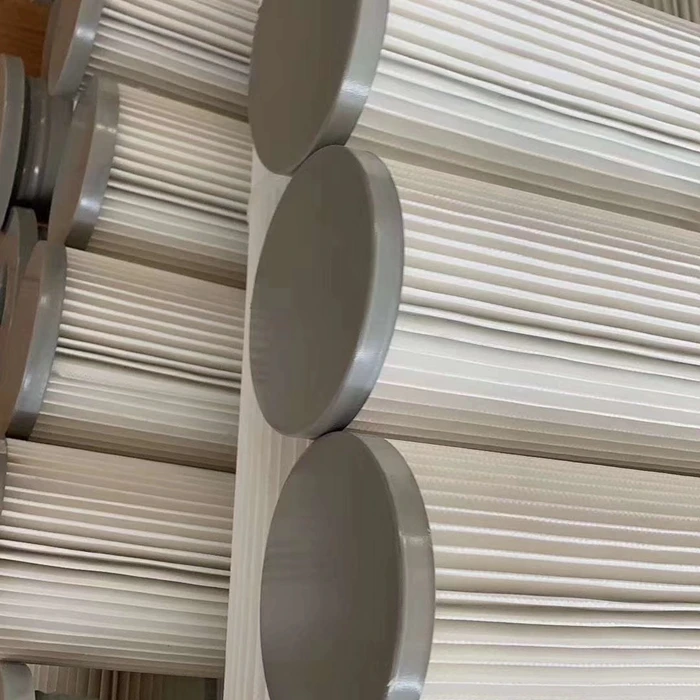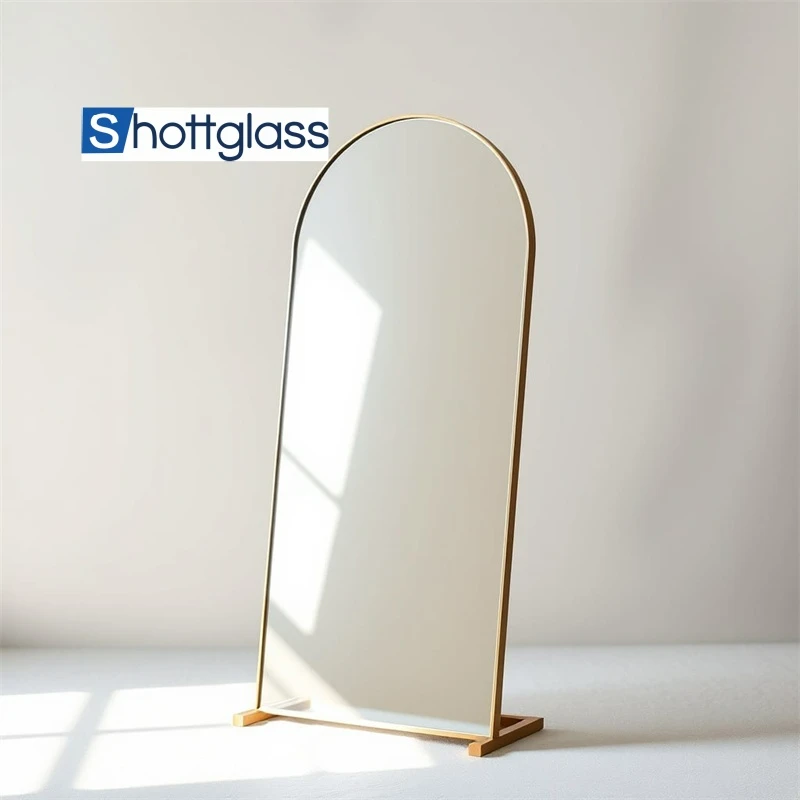Nov . 04, 2024 14:46 Back to list
Exploring the Benefits of Laminated Insulated Glass for Energy Efficiency and Safety
Understanding Laminated Insulated Glass Units
Laminated insulated glass units (LIGUs) are becoming increasingly popular in modern architecture, offering unique advantages in energy efficiency, safety, and aesthetic appeal. These sophisticated glass structures are crafted by layering multiple panes of glass, which are then bonded together using a durable interlayer. Understanding the components and benefits of laminated insulated glass units can help architects and builders make informed decisions about their projects.
At its core, a laminated insulated glass unit combines two technologies laminated glass and insulated glass. Laminated glass consists of two or more layers of glass held together by an interlayer, typically made of polyvinyl butyral (PVB) or ethylene-vinyl acetate (EVA). This interlayer provides added strength and sound insulation, as well as UV protection, making it an excellent choice for applications where safety and acoustics are paramount. When the glass is shattered, the interlayer holds the shards together, reducing the risk of injury and ensuring the integrity of the structure.
Insulated glass, on the other hand, is designed to reduce heat transfer, thus enhancing energy efficiency. Typically, it consists of two or more glass panes separated by a spacer filled with air or gas, such as argon or krypton. This design creates an insulating barrier that minimizes heat loss in winter and keeps interiors cool in summer, contributing to lower energy bills and reduced environmental impact.
By combining these two technologies, laminated insulated glass units offer the best of both worlds. The laminated aspect enhances safety and sound insulation, while the insulated aspect improves energy efficiency. This combination makes LIGUs particularly well-suited for a variety of applications, including commercial buildings, residential properties, and public infrastructure.
laminated insulated glass units

One of the primary benefits of LIGUs is their ability to enhance the overall energy efficiency of a building. With the growing emphasis on sustainable design, many architects are seeking materials that reduce energy consumption. LIGUs provide an effective solution by minimizing heat transfer, thereby maintaining comfortable indoor temperatures year-round. As a result, they can significantly lower heating and cooling costs, making them a cost-effective choice in the long run.
In addition to energy efficiency, LIGUs contribute to improved acoustic performance. The laminated layers help to attenuate sound, making them ideal for urban environments or noisy locations. By using LIGUs, architects can create tranquil spaces insulated from the cacophony of the outside world, enhancing the comfort of occupants.
Safety is another key advantage of laminated insulated glass units. The laminated structure prevents the glass from shattering upon impact, making it a safer choice for high-traffic areas, schools, hospitals, and residential buildings. In the event of a breakage, the interlayer holds the broken glass in place, reducing the risk of injury from sharp edges and falling debris.
Moreover, LIGUs offer versatile design options. They can be customized to meet specific aesthetic requirements, allowing architects to create striking façades, expansive views, and well-lit interiors without compromising safety or energy efficiency. The use of tinted or coated glass can also enhance privacy and reduce glare, making them suitable for a variety of settings.
In conclusion, laminated insulated glass units represent an innovative solution for modern architectural needs, marrying safety, energy efficiency, and aesthetic flexibility. As the demand for sustainable and safe building materials continues to rise, LIGUs will likely play a crucial role in shaping the future of architectural design. Whether for commercial or residential applications, the advantages of laminated insulated glass units make them an excellent choice for those looking to enhance the performance and beauty of their spaces.
-
Types of Reflective Glass
NewsNov.17,2025
-
What Is Dichroic Glass?
NewsNov.17,2025
-
Smart LED mirrors can have touch controls
NewsNov.17,2025
-
Laminated glass improves energy efficiency
NewsNov.17,2025
-
Insulated glass enhances building comfort
NewsNov.17,2025
-
Acid etched glass offers elegant privacy
NewsNov.17,2025
Related PRODUCTS














